Falling into deep water unexpectedly can be a terrifying experience, especially if you don’t know how to swim. Panic sets in, your instincts tell you to struggle, and before you know it, you’re exhausted and in real danger. However, survival in such a situation is entirely possible if you remain calm and follow a set of simple but life-saving steps.
According to Dr. Nash and his team of researchers, the key to survival is overcoming fear instincts and following five crucial steps. These steps are designed to help anyone—regardless of swimming ability—stay afloat, breathe, and increase their chances of rescue. Let’s dive into these life-saving techniques.
1. Stay Calm and Relax to Achieve Natural Buoyancy
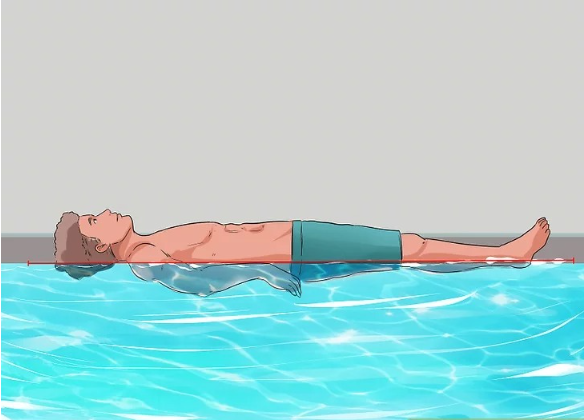
The first and most critical step is to fight the urge to struggle. Many people instinctively flail their arms and legs in a desperate attempt to stay above water. However, this only wastes energy and causes faster exhaustion.
Instead, take a deep breath and allow your body to relax. When you stop panicking, your body will naturally float closer to the water’s surface. The human body is slightly less dense than water, meaning that if you remain still, you can achieve buoyancy without much effort.
2. Tilt Your Head Back to Keep Your Airway Clear
Once you’ve calmed yourself and started floating, you need to ensure that you can breathe. The best way to do this is to tilt your head back, keeping your face above the water.
Try not to move too much, as sudden movements can make you sink slightly. If you feel yourself going under, resist the urge to panic—simply take a deep breath, relax your muscles, and allow yourself to rise again.
Video : How to Survive if You Fall in Water – Prevent Yourself From Drowning – Survival Techniques
3. Breathe Slowly and Avoid Inhaling Water
Now that your nose and mouth are above water, it’s time to focus on breathing. Many people instinctively gasp for air, but this can lead to choking if water splashes into your mouth. Instead, practice controlled breathing:
- Exhale slowly through your nose to clear any water that may have entered.
- Inhale through your mouth in a controlled manner.
- If a wave covers your face, hold your breath momentarily, then resume normal breathing.
Even experienced swimmers can struggle if they inhale water, so maintaining steady breathing is crucial for survival.
4. Move Your Arms and Legs Gently to Stay Afloat
At this point, you should be floating on the water’s surface and breathing steadily. The next step is to use gentle, controlled movements to maintain your position.
- Use slow arm movements: Move your arms in a sweeping motion, like you’re making small circles in the water. This will help you stay afloat without expending too much energy.
- Legs should remain still if you don’t know how to kick properly: If you’re unsure how to tread water, keeping your legs still is often better than kicking randomly. Let them sink slightly while focusing on keeping your upper body above water.
The key here is to avoid frantic movements—slow and deliberate strokes will keep you afloat much longer.
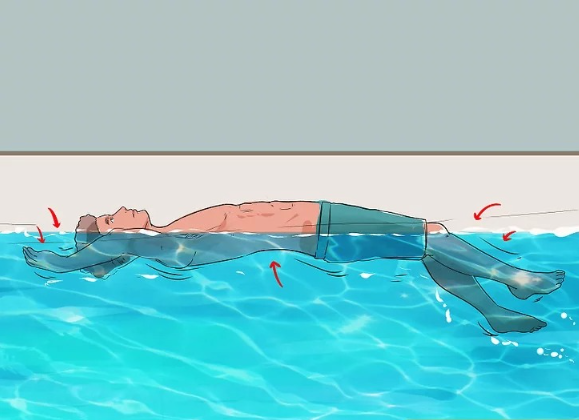
5. Look for Rescue Opportunities
Once you’ve gained control of your breathing and movements, your next priority is finding a way to safety.
- Scan your surroundings – Look for anything floating that you can grab onto, such as a buoy, a log, or even a piece of debris. Holding onto something will help you conserve energy.
- Check your distance from the shore – If you can see land, assess whether it’s possible to move toward it using slow, steady movements.
- Signal for help – If there are people nearby, shout for help. However, conserve energy by calling out only when necessary.
If you’re caught in a strong current, do not try to swim directly against it—this will only tire you out. Instead, swim diagonally at an angle to gradually move out of the current’s pull.
What to Do If You See Someone Drowning
If you witness someone struggling in deep water, it’s important to act quickly but safely. Jumping in to rescue them may seem like the right thing to do, but unless you’re a trained rescuer, it could put both of you at risk.
Instead, follow these steps:
- Shout instructions – Encourage the person to follow the survival steps above. Remind them to relax, tilt their head back, and float.
- Find a flotation device – If possible, throw a life jacket, a rope, or any floating object they can grab onto.
- Call emergency services – Immediately contact your local emergency number and provide details of the situation.
Video : How to get over fear of water – Feel safe on the deep end
Why Staying Calm is the Key to Survival
Many drowning incidents occur not because the victim physically sinks, but because they panic and exhaust themselves. Learning how to override panic instincts and follow a survival routine can mean the difference between life and death.
Dr. Nash explains:
“Whether you’re planning a vacation, taking a walk near a river, or going for a swim, knowing how to stay safe in water is crucial. These simple survival techniques can save your life or someone else’s.”
Final Thoughts
Surviving a fall into deep water without knowing how to swim is possible—but only if you remain calm and follow the right steps. By floating, maintaining steady breathing, and making slow movements, you can conserve energy and increase your chances of rescue.
Now that you know these survival strategies, share them with your friends and family. You never know when this knowledge might save a life!
10+ People Who Need a Time Machine to Restart Their Terrible Day
Scientist Stephen Hawking once held a curious experiment. He organized a party with appetizers, balloons, you name it. However, he only sent the invites after the party had already taken place. He wanted to demonstrate that time travel is impossible, and he did.
NASA begs to differ and confirms that time travel is possible, just not in the way we’ve seen in books and movies. This is good news for the following people because they’d love to start their terrible day over.
“My foot after wearing a wet boot with a hole in it for 10 hours”
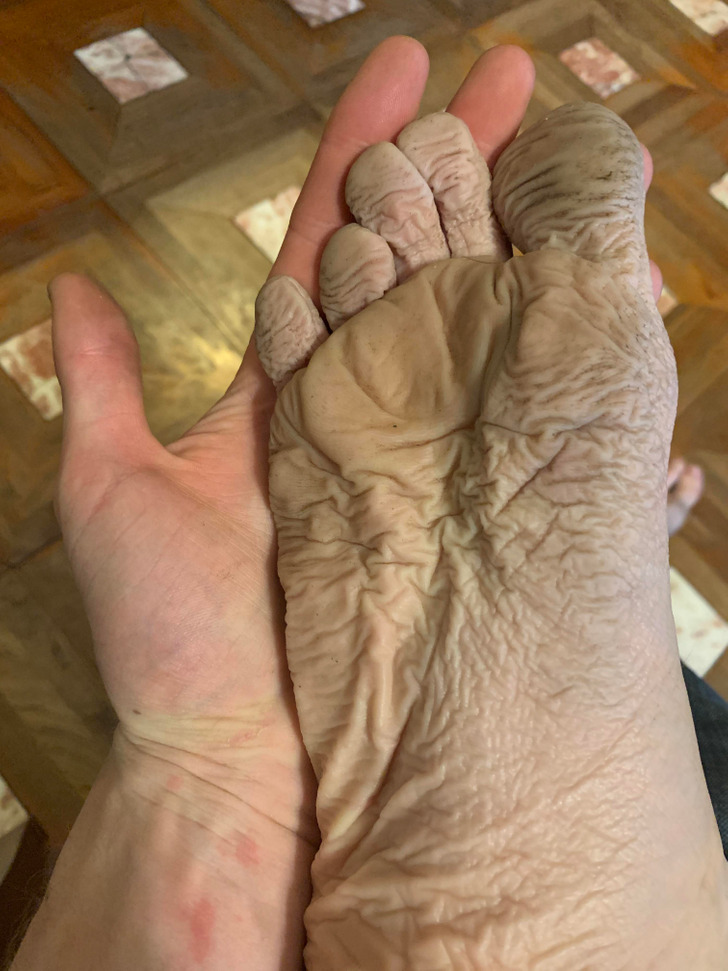
“A buddy of mine seemed to think stick sun screen was a good idea.”
“Got my license in the mail today.”
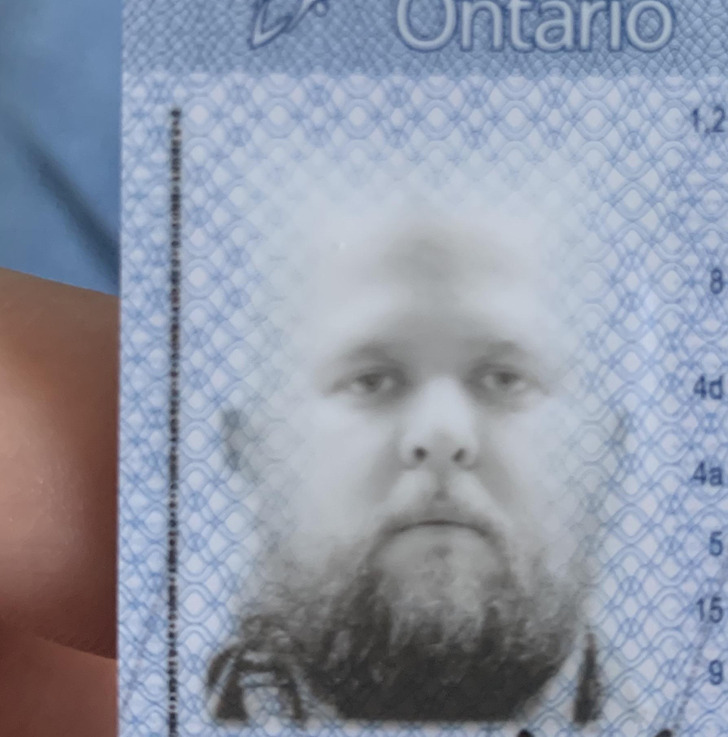
“I was sitting on the lid of my toilet waiting for my bath to fill, scrolling on my phone when the lid shattered and I threw my phone in the bath.”

“My BBQ food truck burned down last month.”

“Lent a car to my brother for the day, and as a thank you, he filled up my car with the wrong fuel.”

“I turned on my defrost this morning and came back 10 minutes later to find this.”

“I did an air mold test in my apartment.”

“Went to use the bathroom at a friend’s house — nearly had a heart attack.”
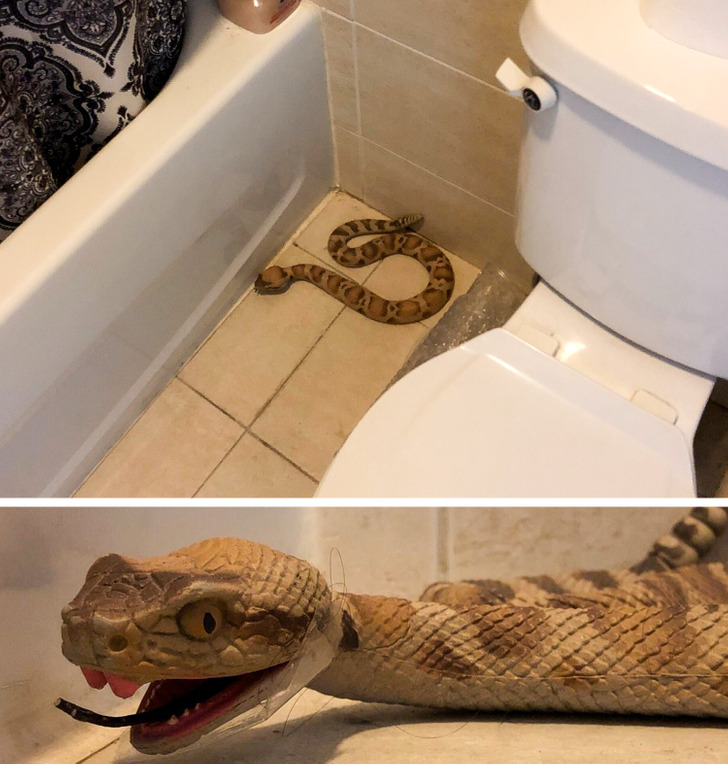
“My job makes us food before each shift. Meet the zucchini hot dog.”

“I dropped my phone and now all my photos are blue-ish.”

“I asked my wife to tidy up my neck with the clippers. Yes, we are still married.”
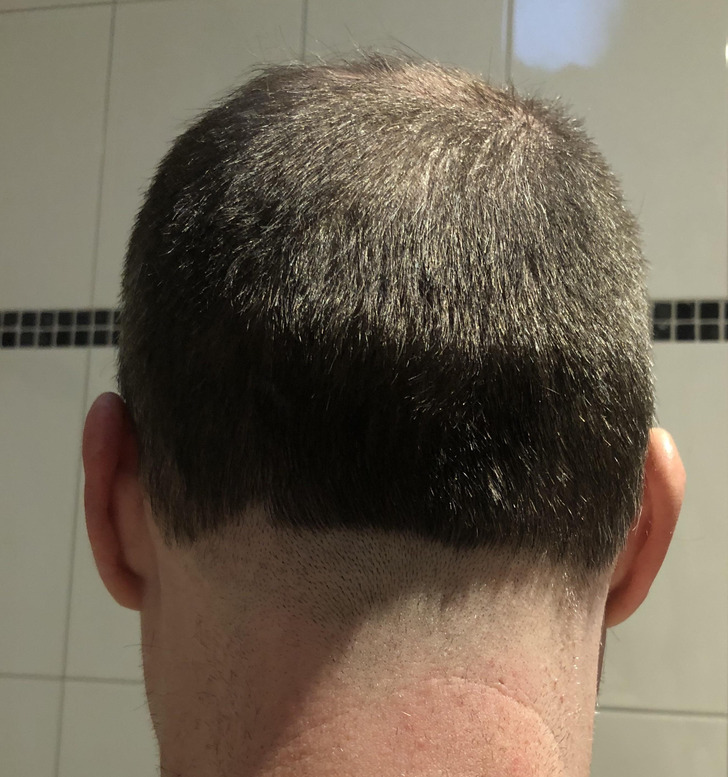
“What they call a ’cheese’ burger”

“Got stung in the eye at 2 a.m. while asleep by probably one of the last wasps of the season.”
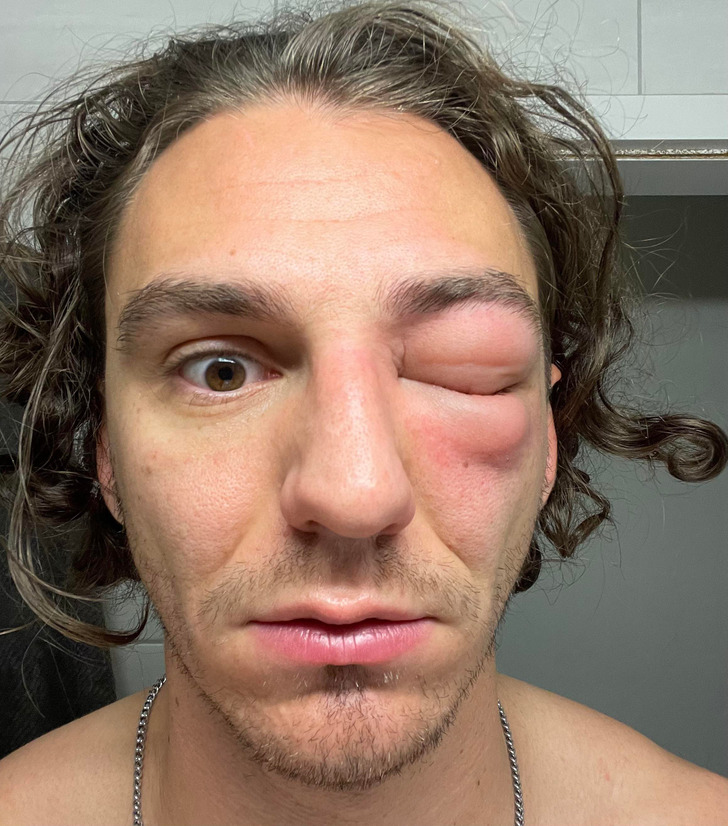
“I dropped the tuna can in the sink.”

“Must have dropped my keys after I locked my car. I came back to this.”

“In a boot with a broken foot on day 7 of 24 of my dream tour of the UK”

“Oops, there’s a pothole there.”

“I guess no pizza for me tonight.”

“I forgot to put sunscreen on my feet.”
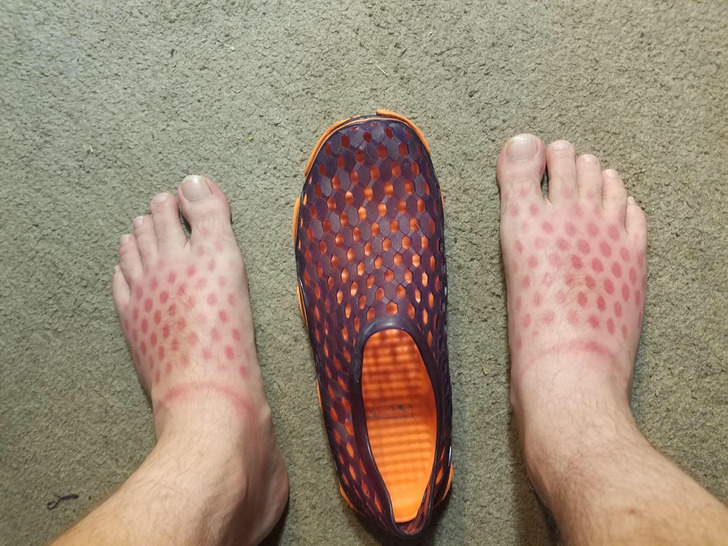
If you could live an hour of your life on repeat, which hour would you choose? If you could travel back in time and get stuck in that era, which year would you go for? Let us know in the comments.



Leave a Reply